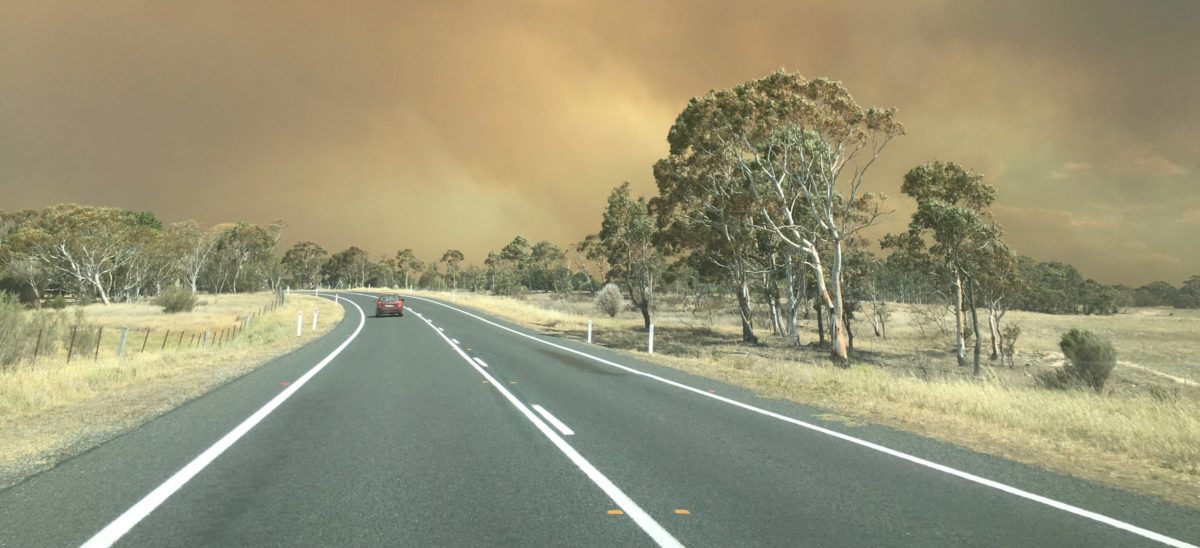The recent bushfires, and subsequent strong winds and heavy rain events across Australia’s east coast hit the electricity network hard. Critical infrastructure was affected, including poles and wires, regional substations and state interconnectors, which led to blackouts for tens of thousands of homes. Rural towns and those living on the edge of the grid were most affected where there is currently a lack of network contingency or back-up supply.
Working together, the Australian Energy Market Operator (AEMO), energy providers and transmission and distribution network service providers were able to avoid more widespread blackouts, which included contracting emergency back-up power and asking households and large industrial energy users to cut down on power.
However, lengthy network recovery times, intermittent surges in wholesale power prices and thousands remaining without power weeks later, highlighted a lack of overall system resilience.
Many stories have emerged about the extensive impacts the blackouts have had on everyday life: loss of communication networks, temporary closure of schools, impacts to medical centres, and interruption to the supply of safe drinking water are just a few.
During the fires, AEMO acknowledged weaknesses across the National Energy Market (NEM), calling it a ‘wake-up call for further investment’.
However, resilience has been a key topic for some time, particularly following the 2016 South Australian blackout, the Finkel Review (2017) and AEMO’s 2018 Integrated System Plan (ISP). The Finkel Review identified that the NEM is particularly exposed to climate related impacts, while the ISP recognised some of the network’s vulnerabilities to extreme weather conditions (high temperatures, bushfire, high winds, droughts and floods) and to other threats.
Although energy generators and operators have developed their own business continuity and emergency plans, AEMO is looking to establish a ‘best practice’ approach to improving resilience across the energy supply chain. This includes looking to international case studies, such as the recent Californian bushfires, and lessons learned.
However, improving overall system resiliency could prove complex. Not only is our environment changing with more extreme weather, our energy system is also undergoing huge transformation.
We are moving away from a centralised model of large generators supplying customers over long distances, to a more decentralised system with dispersed renewable generation. This includes a future where customers will be at the heart of the system because they can generate and store their own electricity.
Moreover, we are evolving as a more connected and interdependent society, with energy supply key for the functioning of other critical infrastructure and services, including water, transportation, telecommunications and healthcare.
In late 2019, Arup released an Energy Resilience Framework (ERF) for this very purpose — to assist those responsible for energy systems to evaluate their overall resilience to a range of potential disruptors and identify and prioritise improvement measures.
The ERF was developed following collaboration with Lloyd’s on the Future Cities: Building Infrastructure Resilience research report. It evaluates the resilience of a system by considering physical assets as well as by acknowledging the equal importance of leadership, economic and social factors.
The ERF encourages an outcomes-based approach to resilience by identifying the desired (or acceptable) technical, financial, organisational and social outcomes following a disruptive event. Performance of the system can then be designed for and assessed against these outcomes. This helps establish a clear business case for investing in resilience measures and managing stakeholder expectations.
The bushfires have brought energy resiliency into sharp focus and presented a critical opportunity for improvement. Networks and operators will be incorporating what they have learned as they rebuild for a more resilient system.
Planning the evolving energy system in parallel presents further opportunities to understand the critical points within the system as a whole, the physical and social interdependencies, and ensure that the building of assets can accommodate future adaptation without resulting in significant costs.
The ERF provides a holistic framework for any energy business to more confidently make risk-based decisions and remain agile while planning for a more resilient network in a changing environment.
In the case of the recent Australian bushfires, the ERF can be applied to describe what happened, exploring the events during pre-disruption, during disruption and post-disruption, and examine the current practices and regulations and any resulting recommendations, to map out a pathway on how to start collaboratively tackling energy resilience.
Each major disruptive event, such as the bushfires, should become an opportunity for other cities, regions and countries across the world to understand what characterises a resilient energy system and thereby prevent the likelihood of a domino effect.
Understanding the impact of climate events and how to apply energy resilience for future scenarios will help awareness and planning for years to come.
About the author:
Leah Howell is passionate about renewable energy and has been involved in the planning, approval, and transaction of several large-scale solar and wind projects across Australia. Her experience also extends to climate-change risk and adaptation planning, and policy development.
The views and opinions expressed in this article are the author’s own, and do not necessarily reflect those held by pv magazine.
This content is protected by copyright and may not be reused. If you want to cooperate with us and would like to reuse some of our content, please contact: editors@pv-magazine.com.








By submitting this form you agree to pv magazine using your data for the purposes of publishing your comment.
Your personal data will only be disclosed or otherwise transmitted to third parties for the purposes of spam filtering or if this is necessary for technical maintenance of the website. Any other transfer to third parties will not take place unless this is justified on the basis of applicable data protection regulations or if pv magazine is legally obliged to do so.
You may revoke this consent at any time with effect for the future, in which case your personal data will be deleted immediately. Otherwise, your data will be deleted if pv magazine has processed your request or the purpose of data storage is fulfilled.
Further information on data privacy can be found in our Data Protection Policy.